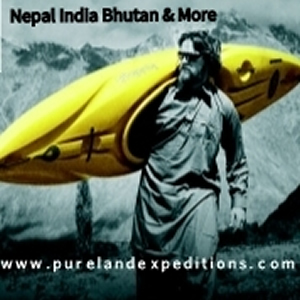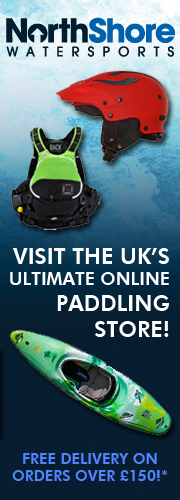Today’s play boats all feature a planing hull, which is very flat to allow the boat to plane to the surface of the river when it attains speed. When planing, the boat can spin around a central point. On waves, this is what makes flat-spins possible. Without a planning hull you won’t be able to pull this move off.
To get a truly flat spin you’ll need a good fast wave with a sizable face. You need to get yourself to a the top of the wave. This can be achieved through surf the kayak nack and forth until you get your self postioned correctly. Just like when you are surfing use a stern rudder to start turning your boat. Your aim is to follow through with the turn and rotate yourself along with your boat around the paddle. The key here is to keep your boat flat. Any edging will result in the loss of the spin or you may drop off the wave. Try and keep your weight centred over the kayak. This will aid the turn.To initiate the spin you’ll need to bring the paddle blade forward from its stern rudder position whist at the same time drop your upstream edge to match the angle of the wave. This will allow the boat to break free from the wave and begin to spin.
Use your head! Turn your head and body in the direction you wish to spin and the boat will follow!



Recent Comments